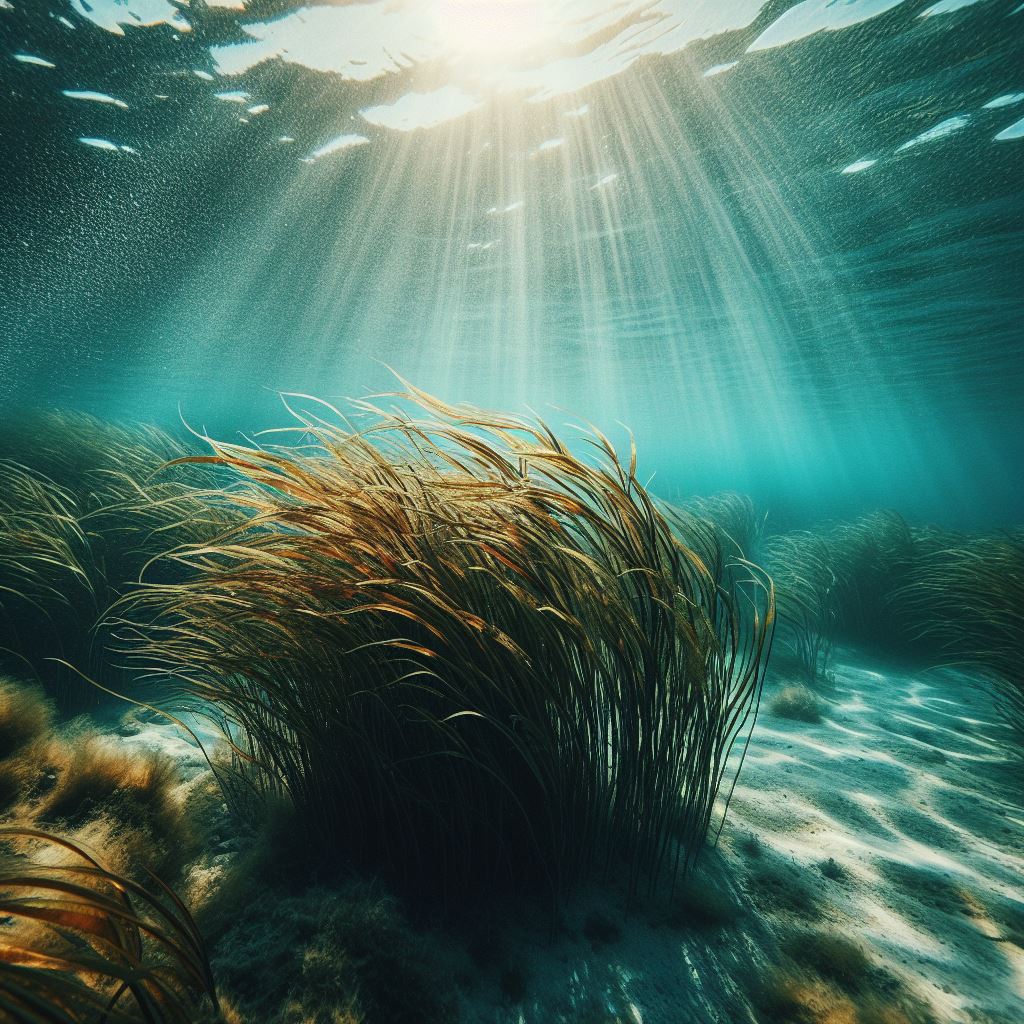By: Farah Izana Abdullah
The Environmental Monitoring System (APMS) is crucial in the aquaculture industry to ensure environmental sustainability and responsible operations. Here are some requirements for the environmental monitoring system in the aquaculture industry:
- Water Quality:
- Monitoring Physical and Chemical Parameters: Measuring temperature, salinity, pH, dissolved oxygen, and other chemical parameters to ensure water quality meets the needs of fish species or other aquaculture organisms.
- Health of Aquaculture Organisms:
- Fish Health Monitoring: Conducting health monitoring of fish to detect diseases or health conditions that may affect the aquaculture population.
- Population Sustainability Monitoring: Monitoring growth, reproduction, and survival of aquaculture organisms to identify potential issues or changes in the population.
- Nutrient and Feed Monitoring:
- Monitoring Feed Availability: Measuring the efficiency of feed distribution and monitoring nutrient aspects to ensure optimal nutrient balance.
- Waste Management:
- Waste Monitoring: Monitoring and managing waste generated by aquaculture operations to prevent pollution and minimize negative impacts on the environment.
- Monitoring Environmental Changes:
- Climate Monitoring: Monitoring climate and weather changes to anticipate their impacts on aquaculture operations.
- Natural Event Monitoring: Monitoring natural events such as storms, heatwaves, or temperature changes that can affect the aquaculture environment.
- Safety and Operational Sustainability:
- Safety Monitoring: Monitoring safety factors such as extreme water temperatures or theft to protect aquaculture facilities.
- Energy Efficiency Monitoring: Monitoring energy usage and operational efficiency to improve sustainability and reduce environmental impacts.
- Compliance with Regulations:
- Compliance Monitoring: Monitoring and reporting compliance with environmental and health regulations related to aquaculture.
- Sensor-Based Monitoring Technology:
- Sensor Utilization: Using advanced sensor technology for real-time monitoring and obtaining accurate data promptly.
By implementing an effective environmental monitoring system, the aquaculture industry can minimize its negative impact on the environment, enhance operational efficiency, and ensure long-term sustainability.
Date of Input: 24/11/2023 | Updated: 08/01/2024 | izana.abdullah
MEDIA SHARING




























